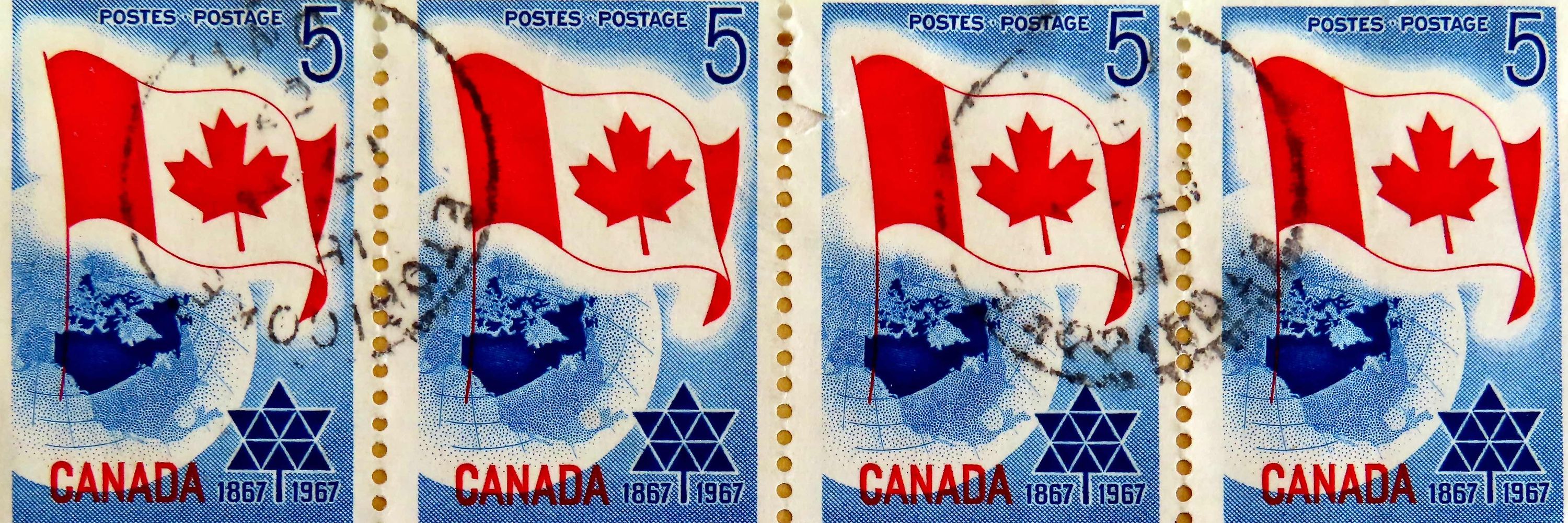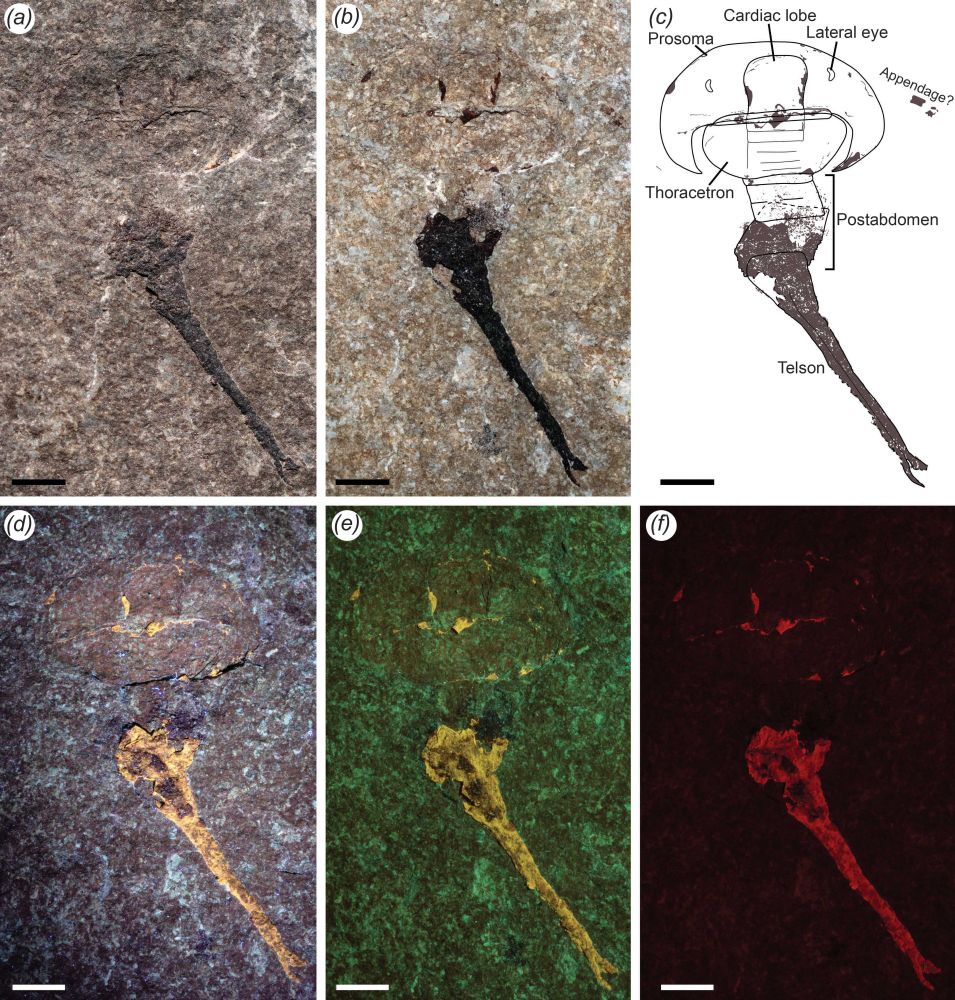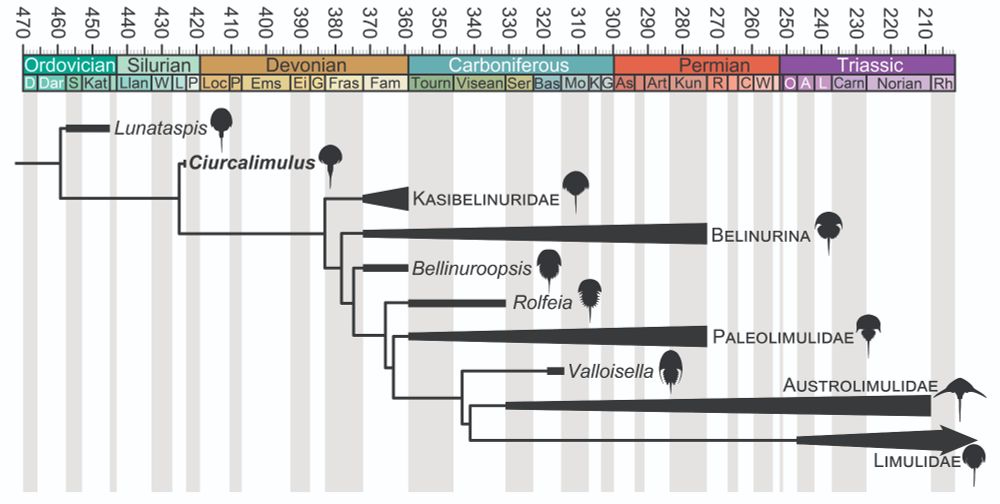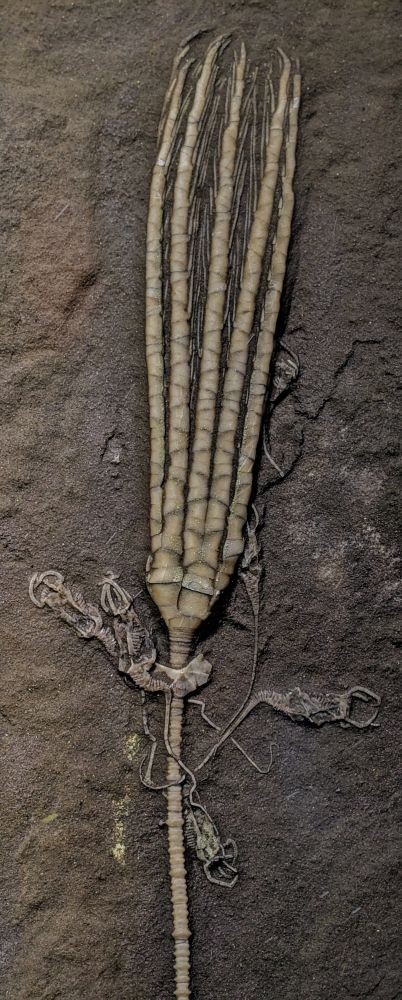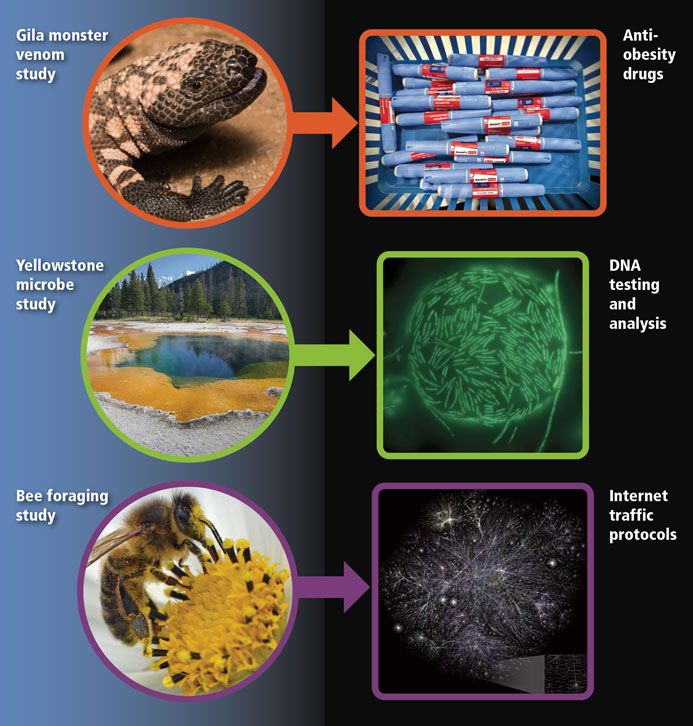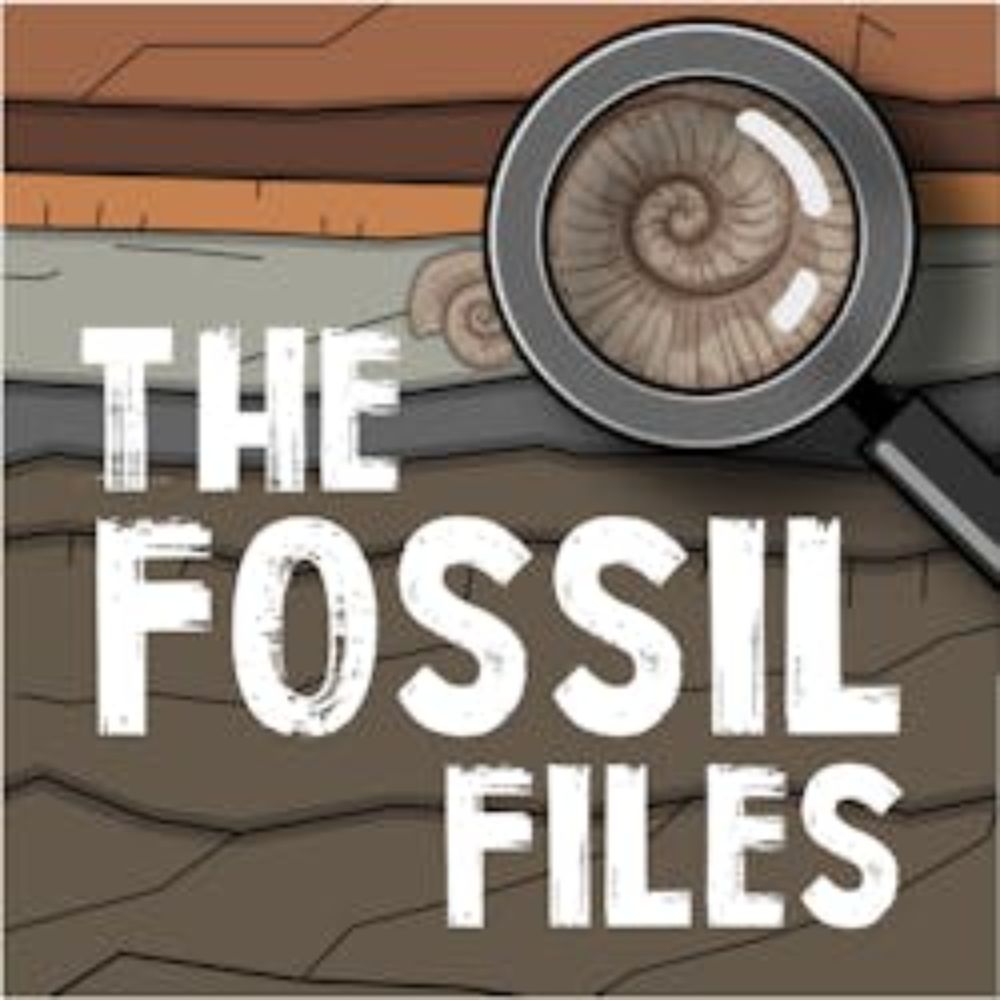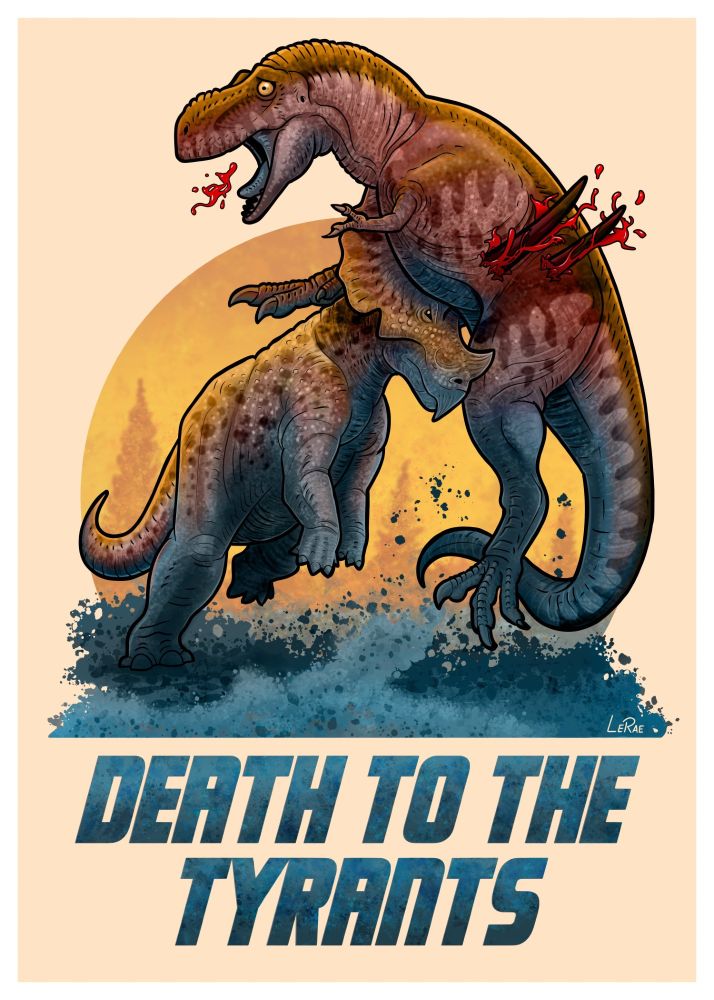Dave Rudkin
@art-h-ropod.bsky.social
1.4K followers
750 following
510 posts
Retired palaeontologist and museum curator, admirer of arthropods, and all 'round nature nerd. Fiercely Canadian. Staunchly antifascist. 🇨🇦
Posts
Media
Videos
Starter Packs
Reposted by Dave Rudkin
Peter E. Fenton
@peterefenton.bsky.social
· Jun 25
Dave Rudkin
@art-h-ropod.bsky.social
· Jun 25
Dave Rudkin
@art-h-ropod.bsky.social
· Jun 24
Dave Rudkin
@art-h-ropod.bsky.social
· Jun 24
Reposted by Dave Rudkin
Reposted by Dave Rudkin
Dave Rudkin
@art-h-ropod.bsky.social
· Jun 19
Dave Rudkin
@art-h-ropod.bsky.social
· Jun 19
Dave Rudkin
@art-h-ropod.bsky.social
· Jun 18
Dave Rudkin
@art-h-ropod.bsky.social
· Jun 18
Reposted by Dave Rudkin
Dave Rudkin
@art-h-ropod.bsky.social
· Jun 17
Reposted by Dave Rudkin
Reposted by Dave Rudkin
Reposted by Dave Rudkin
Reposted by Dave Rudkin
Reposted by Dave Rudkin
